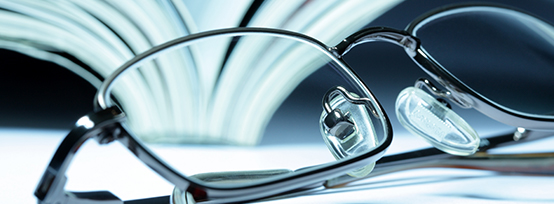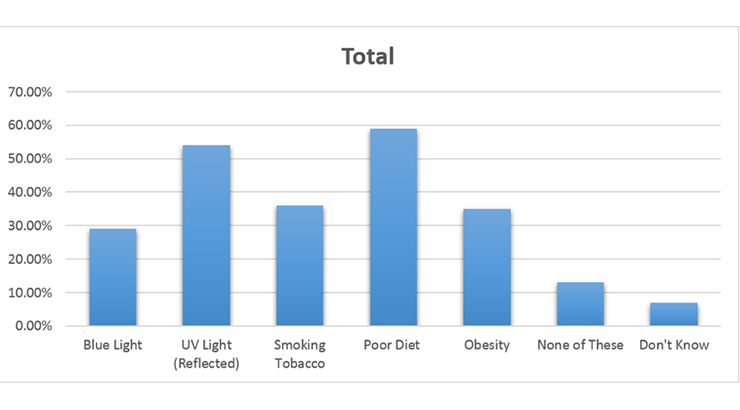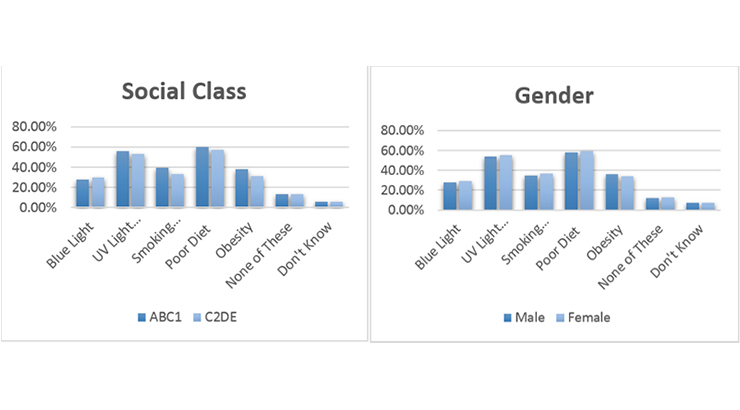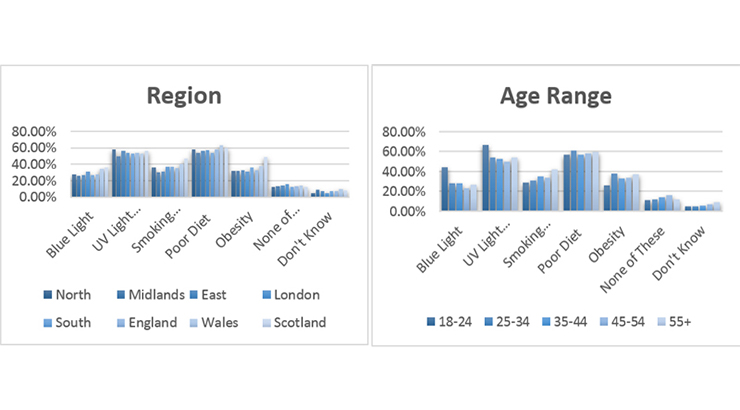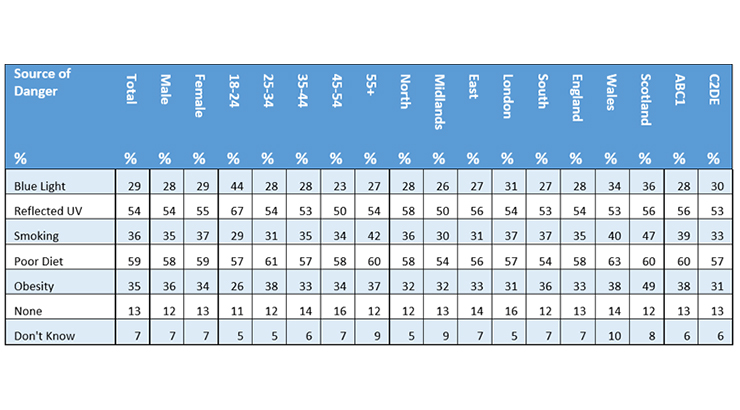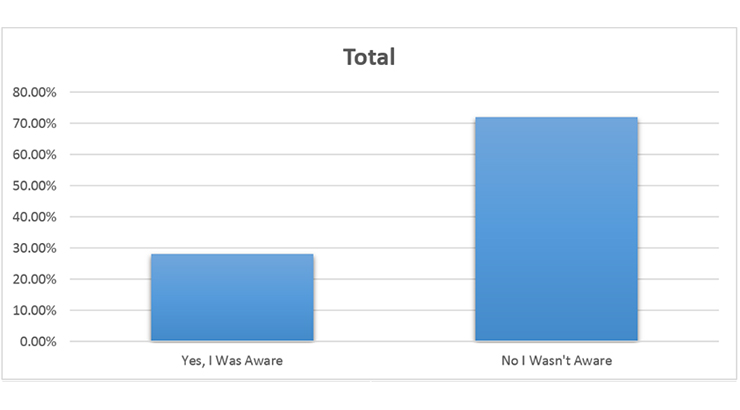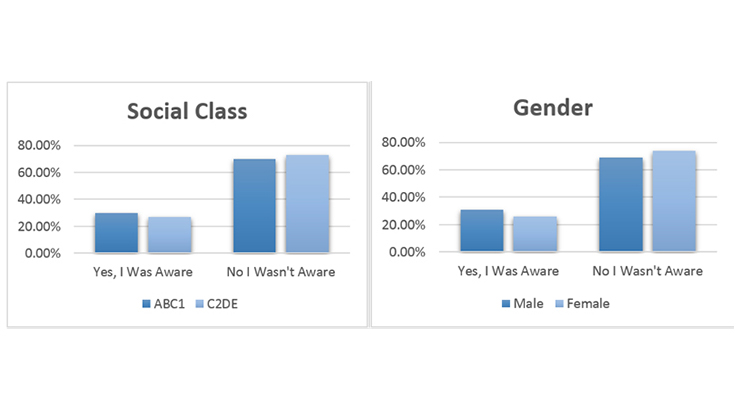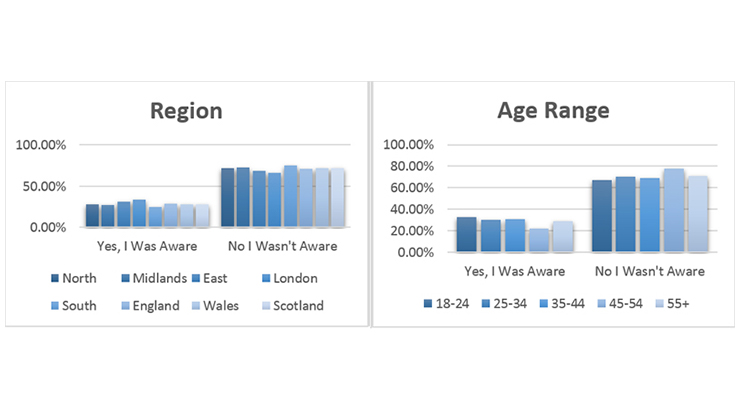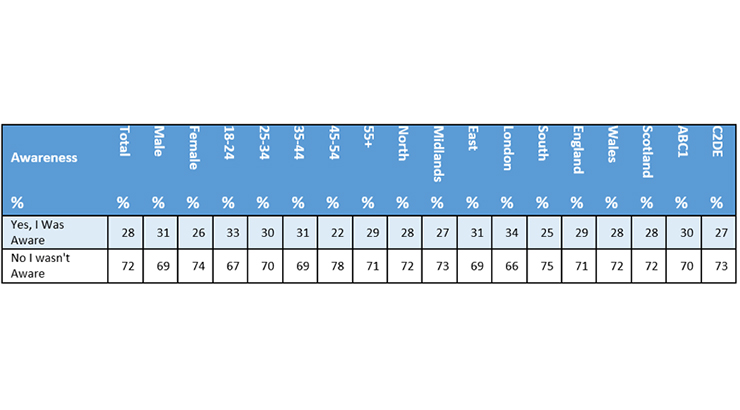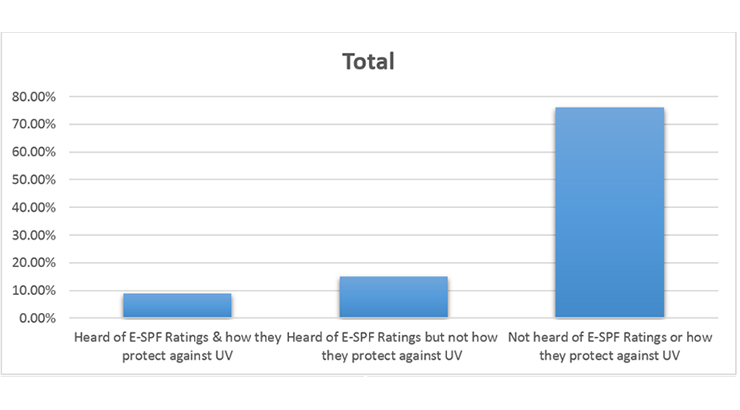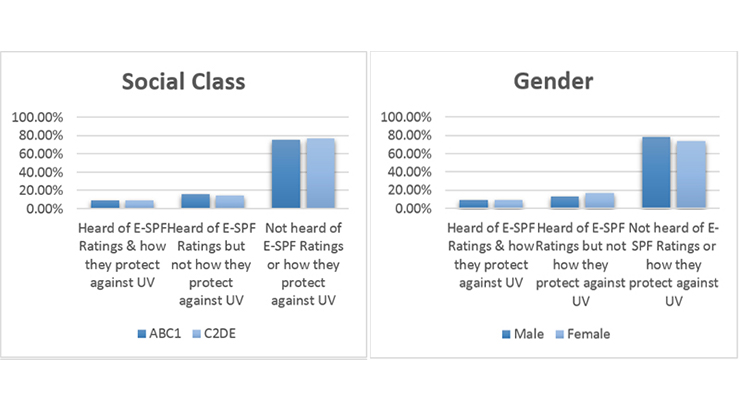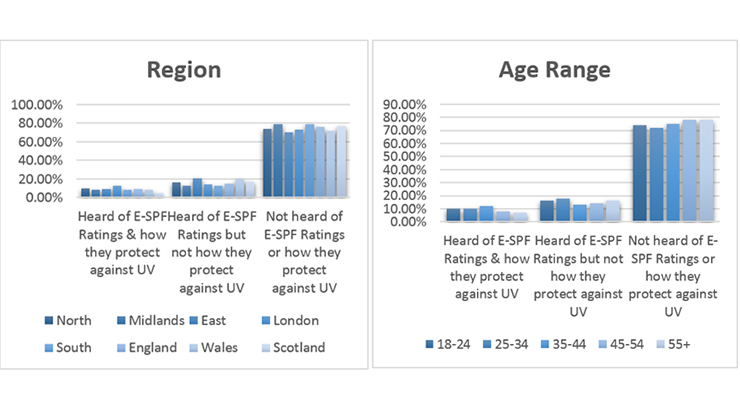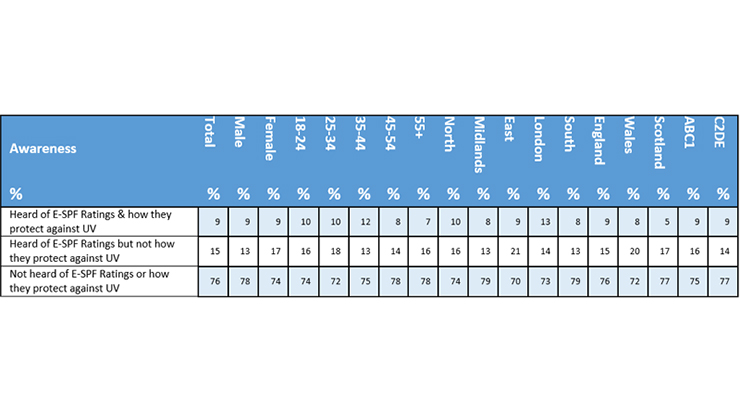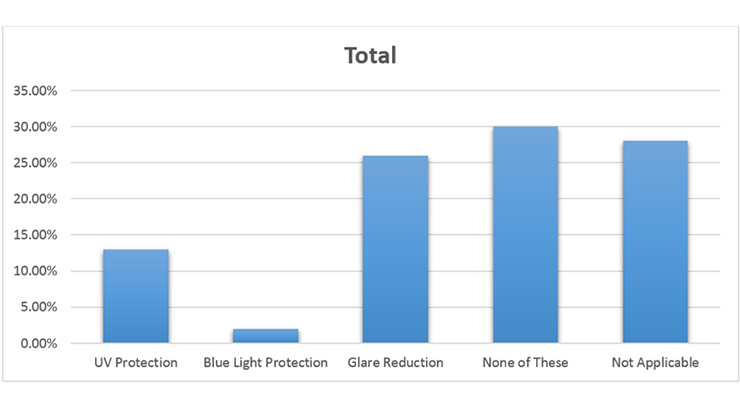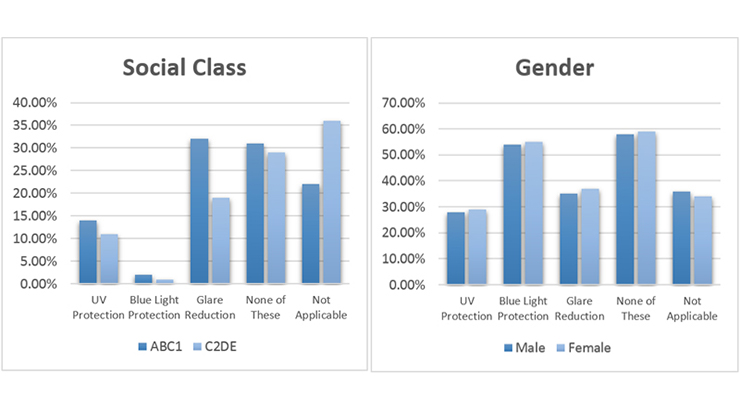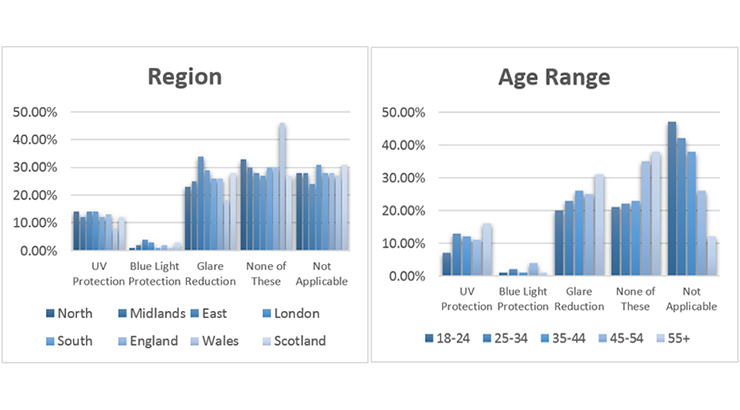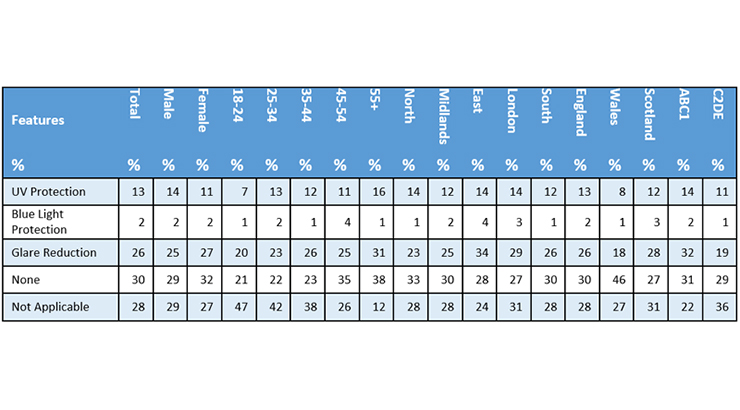PEOPLE’S EYES ARE BEING
SUBJECTED TO DAMAGING FACTORS
People’s eyes are being subjected to damaging factors from common surroundings and lifestyle choices daily – yet the lack of awareness of the causes, means that people are not taking action to protect their eyes.
Scientific studies have linked exposure to blue light and reflected UV light, along with smoking, obesity, and poor diet to decreased eye health including age-related macular degeneration (AMD) and cataracts. [1]
Many people are unaware of blue light which is emitted from devices, screens, and low energy bulbs – whilst large numbers think of Ultra-Violet light as only a danger when looking directly at the sun, not realizing that there reflections off water, windows, and roads.
Essilor has conducted a poll through YouGov to find out just how low awareness of these dangers is. Of the 2,096 people polled:
- 29% that blue light was also damaging.
- 76% had not heard of E-SPF* ratings and how they protect eyes from UV.
- 72% of people were unaware that blue and UV light blocking lenses were an option for either.
- 36% knew that smoking tobacco harmed your eyes
- 35% knew the same about obesity
- One in ten people were completely unaware that any of these factors could affect your eyesight at all.

